Tag: cell biology
-

Modeling and generating more of life’s building blocks
All-atom versions of the modeling tool RoseTTAFold and the design tool RFdiffusion are now freely accessible to the scientific community.
-

Congrats Bingxu!
Postdoctoral scholar Bingxu Liu, PhD, has won two immunology awards. He’s now using protein design to build sensors for a wide range of molecules.
-
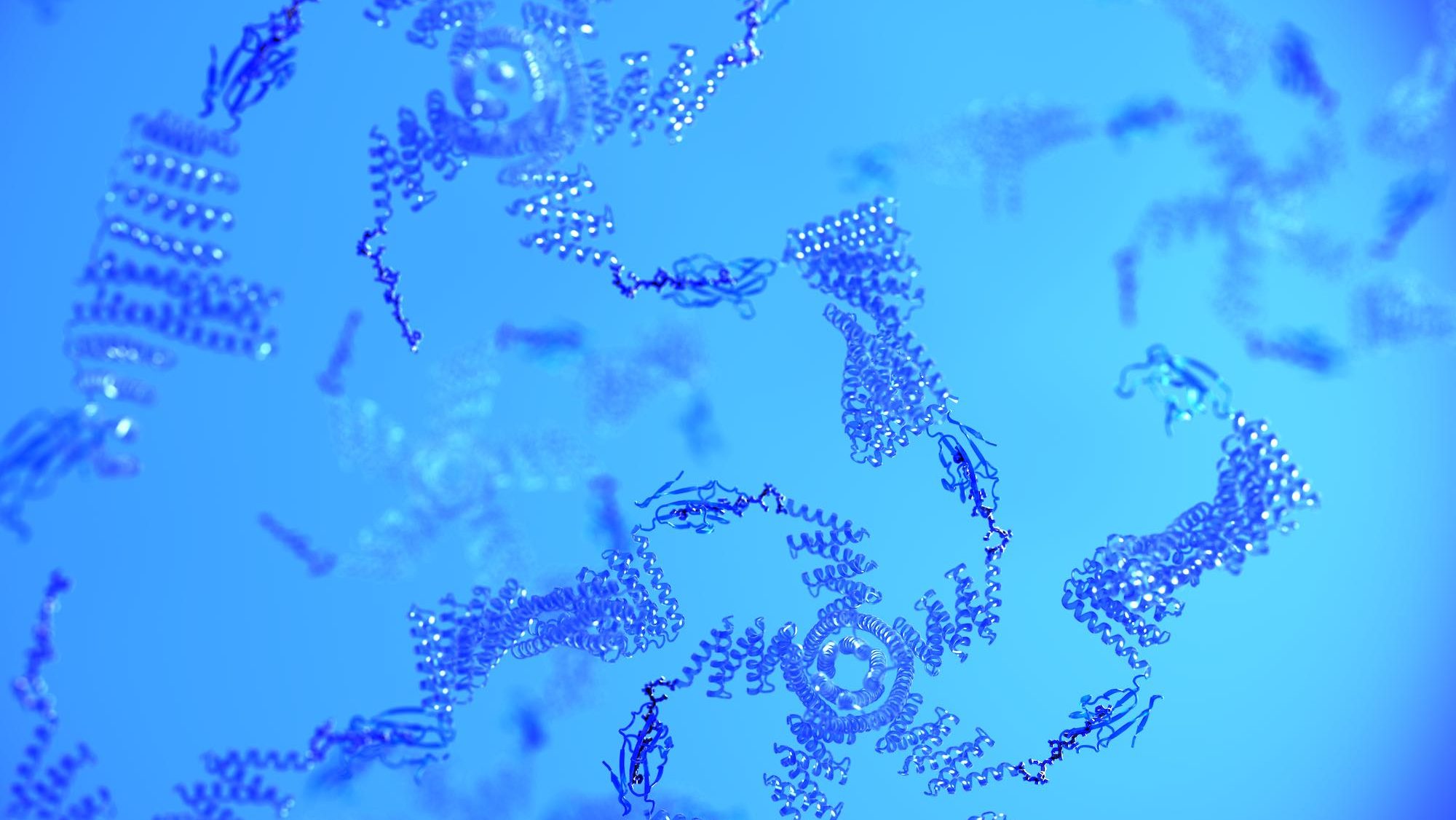
Designing hydrogels with the DeForest Lab
Initial results from our efforts to design protein hydrogels were published today in PNAS. Recent postdoctoral scholar Rubul Mout led this research together with Ross Bretherton, a recent graduate student in the DeForest Lab. Science writer Sarah McQuate wrote about the project for the UW Newsroom. From UW News When researchers want to study how…
-
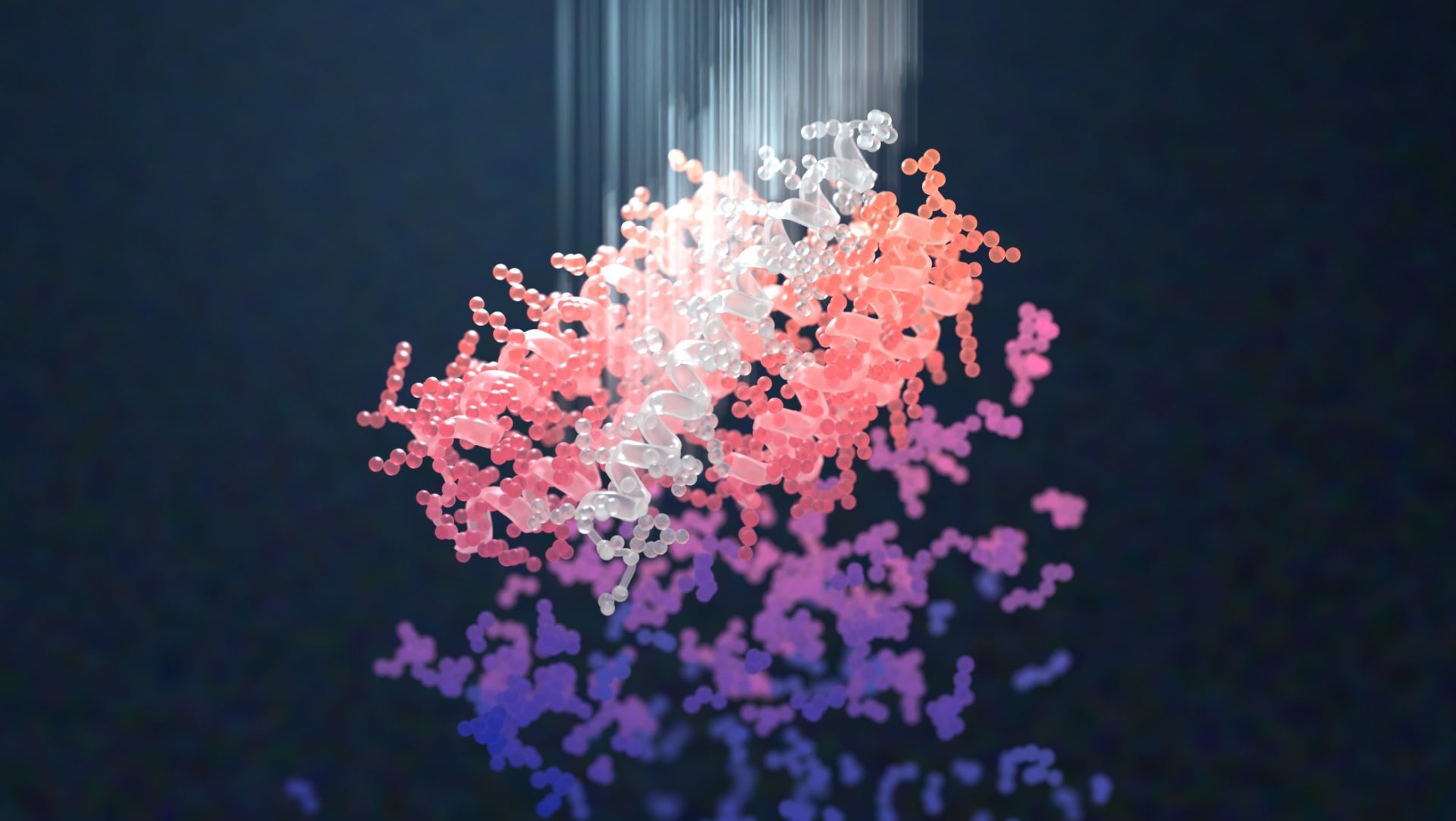
Designing binders with the highest affinity ever reported
This week we report in Nature an AI-enabled advance in biotechnology with implications for drug development, disease detection, and environmental monitoring. Using a combination of traditional and deep learning based molecular design approaches, we’ve created proteins that bind with exceptionally high affinity and specificity to a variety of challenging biomarkers, including human hormones. Notably, we…
-

A new path to carbon storage
Today we published new research that may one day be applied to help remove large amounts of excess carbon from the environment. In a paper appearing in Nature Communications, we show that custom proteins can drive the formation of carbon-rich minerals in laboratory settings. This offers a potential pathway for enhanced carbon storage via engineered organisms. This…
-
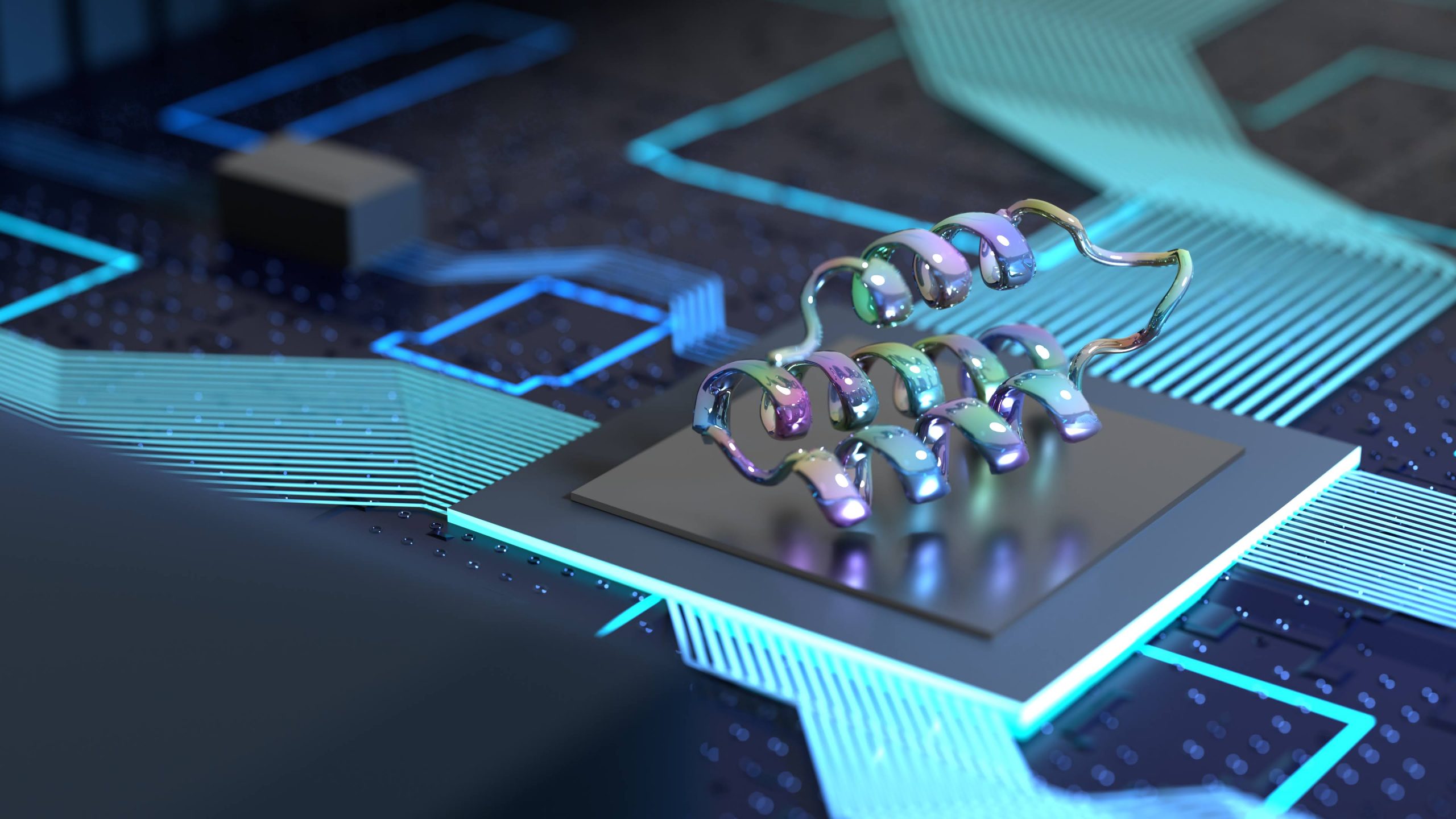
Introducing All-Atom versions of RoseTTAFold and RFdiffusion
In a recent preprint, we describe deep-learning breakthroughs that significantly expand the types of proteins and protein assemblies that can be modeled and designed using computers. [Update: This work was published in Science on March 7, 2024.] This work updates two of our most powerful software tools, RoseTTAFold and RFdiffusion, by training them to operate on additional types of…
-
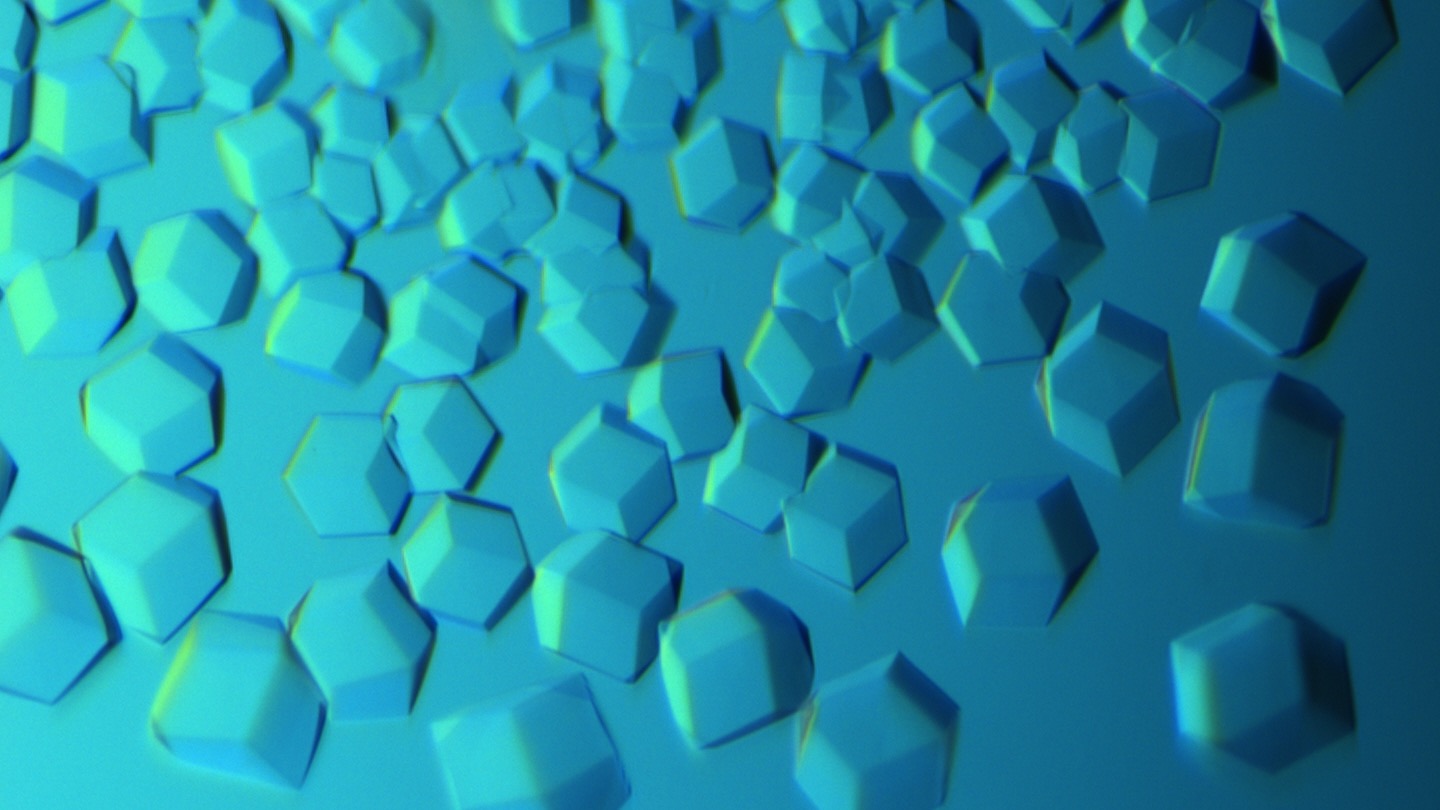
Designing protein crystals with sub-nanometer accuracy
Today we report in Nature Materials a general strategy for creating proteins that form into precise and pre-specified crystalline structures. The ability to design such biomaterials with high accuracy sets the stage for the development of advanced optical tools, new technologies for chemical separation, and a range of other applications in biotechnology and medicine. This…
-
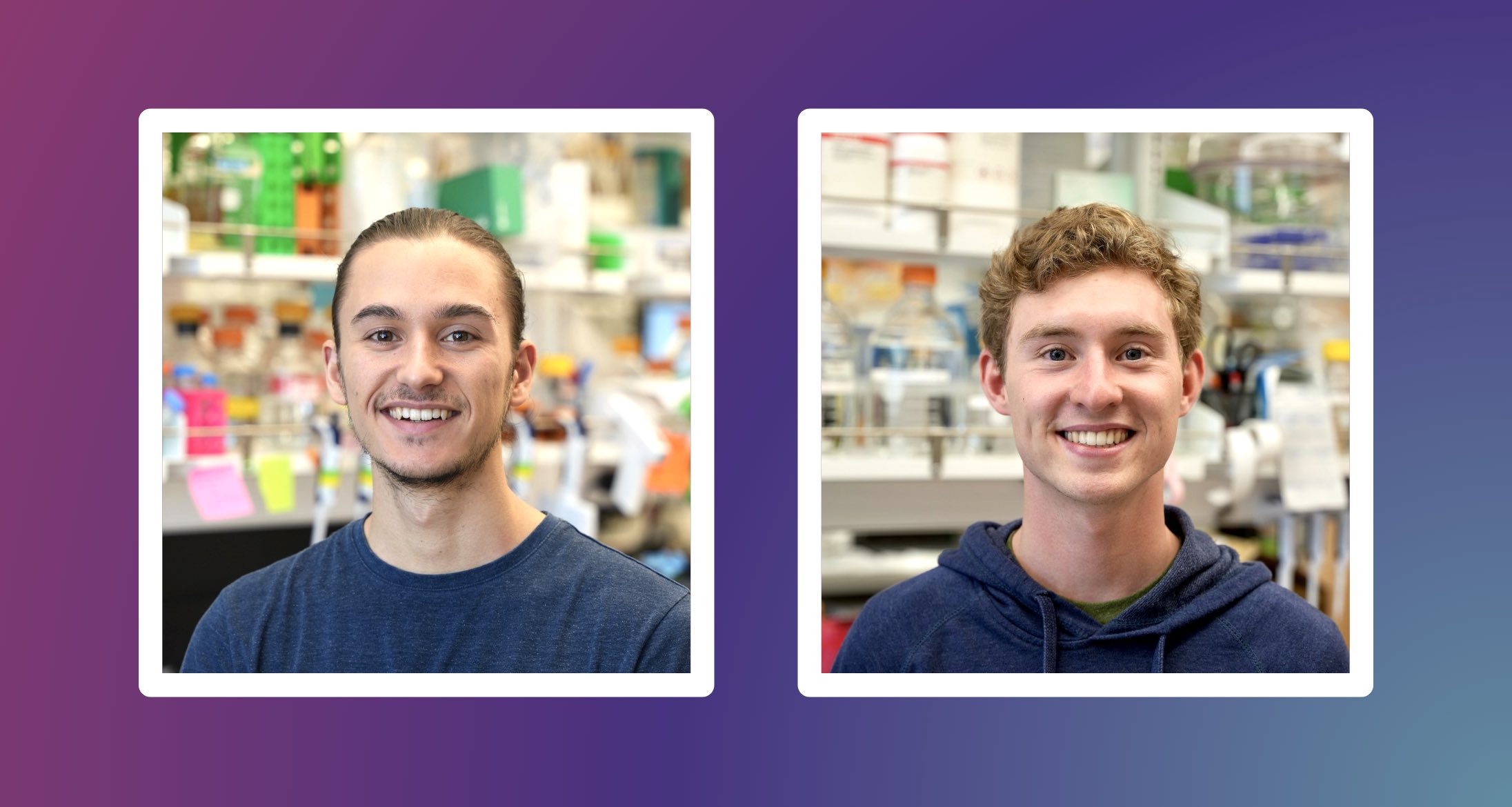
Beau Lonnquist and Nathan Greenwood win undergraduate research awards
Congratulations to two of our outstanding undergraduate researchers, Nathan Greenwood and Beau Lonnquist, on receiving prestigious awards from the UW Office of Undergraduate Research! Nathan Greenwood, Washington Research Foundation Fellowship Nathan Greenwood is a fourth-year student at the University of Washington studying Molecular, Cellular, and Developmental Biology. He is interested in the interface of biochemistry…